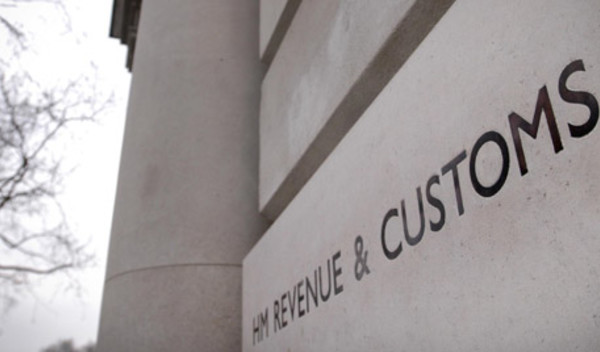

Income tax relief is the key driver of investors’ decisions to invest in venture capital trusts and enterprise investment schemes, according to figures from HM Revenue & Customs.
Approximately 79 per cent of investors said income tax incentives were either very important or essential when it comes to choosing the tax efficient vehicles, the research revealed.
Entrepreneurship and philanthropy were also factors drawing investors towards the schemes.
The survey data investigated whether VCTs and EIS schemes “crowd each other out”.
EIS was found to be more associated with micro and small-sized firms operating in service or hospitality sectors of the economy, whereas VCTs were more aligned to medium-sized firms operating in capital-intensive or professional service sectors.
The quantitative research also suggested the schemes were generally working as intended in terms of bridging finance gaps and the wider effects on investees across both funds.
Three-quarters of investors had sought investment at least in part for start-up or product development reasons.
According to the report, investees and VCT fund managers tended to be positive about the changes to scheme limits made in 2012, and suggested these changes could potentially broaden the types of companies benefitting from the schemes.
At the same time, the HMRC report said concerns about the impact of the 2012 changes on investor expectations “should not be overlooked”.
HM Revenue & Customs said changes increased the presence of aggressive investors looking for fixed returns and guaranteed exits.
However, there is not, as yet, explicit evidence to suggest that investors have changed their investment profiles following the 2012 expansion.
katherine.denham@ft.com




